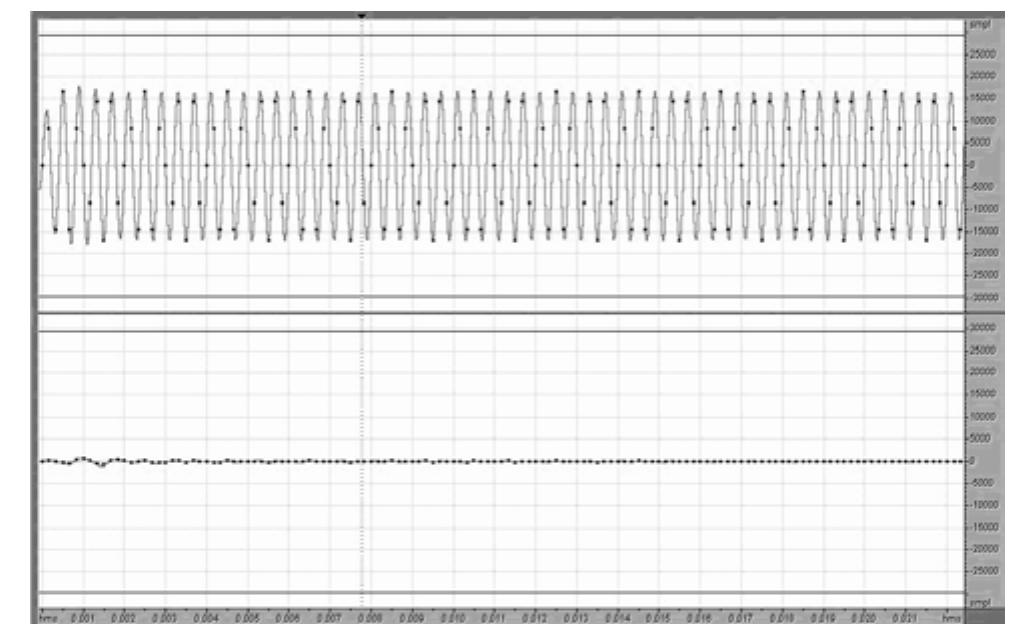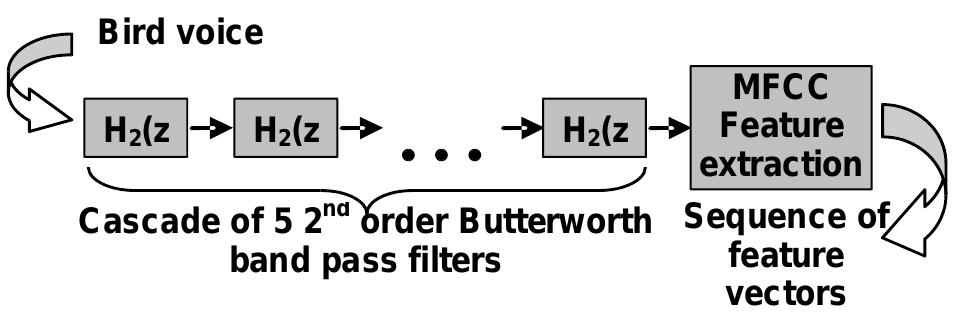Key research themes
1. How can optimization techniques improve the design and stability of 2D nearly linear-phase IIR digital filters?
Designing nearly linear-phase two-dimensional (2D) IIR digital filters remains a significant challenge due to inherent nonlinearities and stability constraints. Optimization techniques, especially nonlinear constrained optimization, have been a focus to balance magnitude, phase, and stability requirements, enabling practical applications in image and biomedical signal processing where phase fidelity is critical.
2. What are the effective methods for designing low-power and energy-efficient digital IIR filters using approximate computing?
Energy efficiency is critical in digital IIR filter implementations, especially for embedded and edge devices. Approximate computing, involving approximate multipliers and coefficient quantization, emerges as a viable strategy to reduce power consumption while maintaining acceptable filter performance, particularly in widely used applications like acoustic A-weighting filters.
3. How can adaptive and complex IIR filter structures enhance narrowband signal processing and filter bank designs?
Adaptive IIR filter architectures and complex coefficient filter banks have been investigated for improved signal analysis, harmonic tracking, and narrowband interference cancellation. They offer low sensitivity to coefficient quantization, fast convergence, and hardware-efficient implementations suitable for dynamic and noisy signal environments, including communications and speech enhancement.













